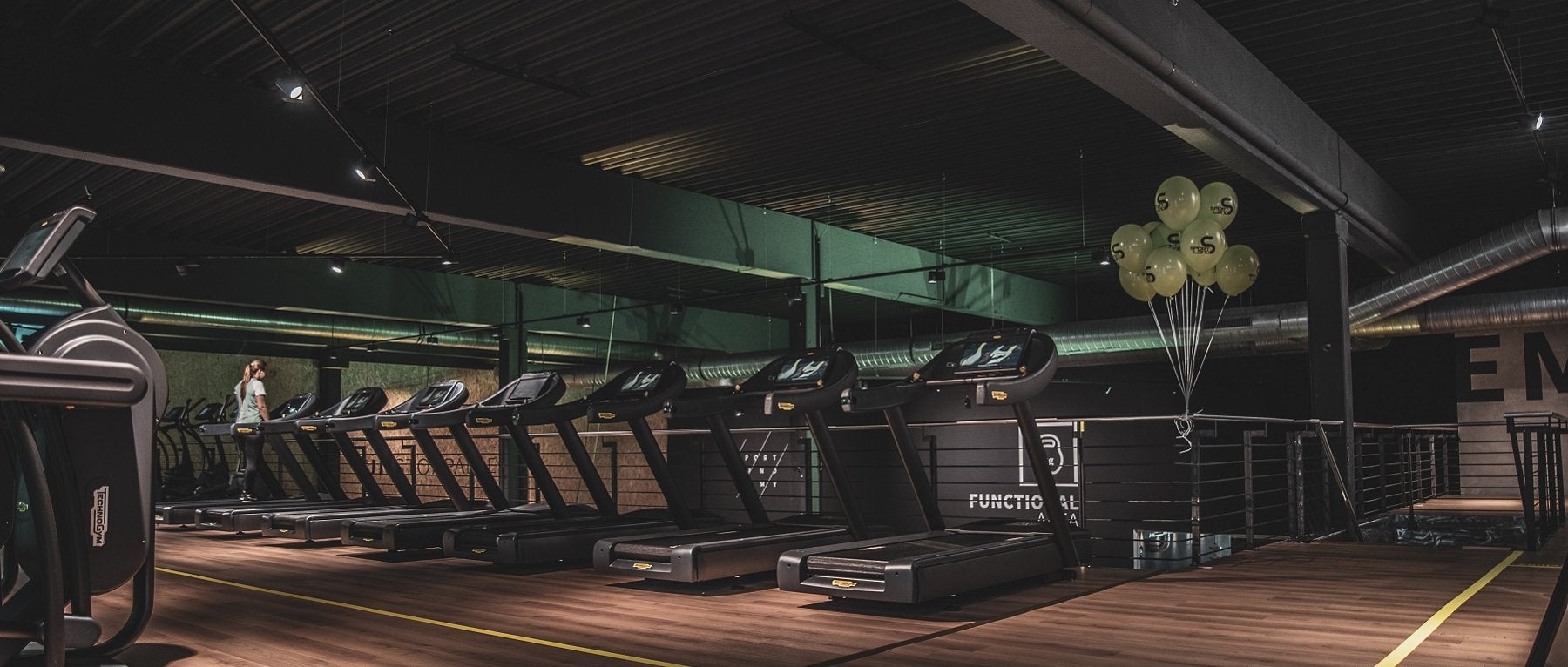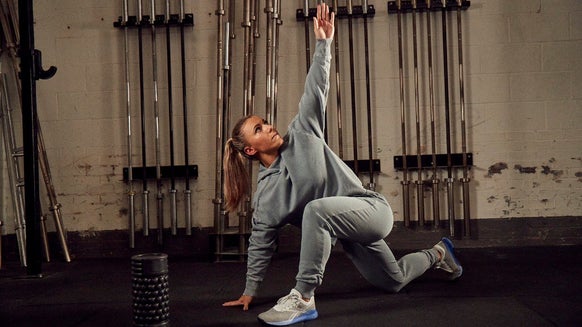Americans’ January Gym Habits, Revealed

We’re all used to seeing the same ‘new year, new you’ rhetoric circulating social and traditional media every January. But how much do these marketing messages really inspire us in the long term?
We surveyed 500+ US residents to find out just how many people chose to join a gym or fitness studio at the start of 2022 – and how many are holding good on their habit 12 months later.
We found that...
- Over a third of Americans surveyed (36%) had signed up for a gym membership or studio pass in January 2022
- 34% of those who signed up stopped using their memberships by the end of the year
- Among those who signed up, more than a quarter (27%) drifted away from their membership after just six months
- And 9% struggled to keep up attendance past the two-month mark.

‘New year, new you’?
It’s no surprise that over a third (36%) of Americans signed up for a gym membership or studio pass in January 2022. With all the ‘new year, new you’ energy flying around, it’s understandable that some people may feel pressured to make a big change or may simply be reminded of their pre-existing desire to improve their fitness or change their bodies in some way.
But the fact that over a third (34%) of those who sign up also seem to lose heart by the end of the year suggests that not everyone’s motivation comes from a solid place.

Simon Cushman, PT for Myprotein, says: “January is always a busy month for the gym, full of new hopes and expectations, and it seems to have become a common sight to see people starting a new fitness journey, all to give up so soon after starting.
“Unfortunately, people seem to set themselves up to fail despite their good intentions of getting fitter for the family, becoming more aesthetically appealing or signing up for a performance test like a race or sports team.
“There are several reasons why people start and drop out of their fitness journey - one being the balance with the rest of life activities and the realization that it is a bit of a hard slog to get started,” he explains.
“Looking at a new membership, the budding gym bunny would have just entered a contemplation phase and are trying to push themselves into an action phase. This means they might be forcing themselves to spend money to create the feeling of motivation, rather than putting a definitive plan in place for long term success.”
Location, location, location

Our survey found that those most likely to have quit using their gym or studio pass by the end of the year included those aged 25-34 (47%) as well as those who are in full-time employment (55%). Not only are work commitments likely to leave less time to fit in regular visits to the gym or studio classes, but this age group may also have more commitments outside of work, such as children, family or socialising.
We also found that those in suburban areas seem to struggle more than those in cities, with 73% of quitters being based in a suburban environment (vs. 17% based in urban areas). Fitness deserts are no new phenomenon - we all know that more needs to be done to improve access to fitness facilities in less populated areas. This can mean not just increasing number of gyms and studios, but also number of green spaces where people can work out outdoors, as well as strengthening transport links to make access to urban gyms easier.
Cost vs. Gains

Cost is also a huge factor for many gym-goers, with the increasing cost-of-living making it harder to afford health-related products and services.
79% of non-quitters are believed to pay $50 or less per month for their gym membership or studio pass, vs. 71% of quitters. Only 18% of non-quitters pay for memberships at the higher end of the scale ($50-99 per month), vs. 29% of quitters. This suggests that monthly cost may be a key factor determining members’ long-term commitment.
“While memberships can be expensive, there are cheaper options, and no price can be put on your own health” Simon says.
Making your good intentions go the distance
The key to successfully sustaining any new fitness goal, according to Simon, is to put a definitive plan in place that suits your unique circumstances, lifestyle and needs. While committing oneself to a monthly payment could indeed push you to attend for the first few months, it’s likely to end up feeling more like a chore rather than something you really want to do.
“Once memberships are purchased, the next step should be to set a clear plan in place and set some SMART goals (specific, measurable, achievable, realistic and timebound) to stay motivated and give some check points,” Simon says.
“Without this, we see a number of dropouts after the first month when life gets in the way and priorities shift from health and fitness to work, family or social activities. To keep you accountable and track progress, this can be done with support from a PT or someone else close to you or can be done by yourself depending on your own motivation and knowledge.
“The other way to help you stick with it is making knowledge your purpose. The more you know, the better your reason for sticking to it and the more able you will be.”
And when the gym or studio just really isn’t for you...
“Sometimes though, the gym or classes just aren’t for you,” Simon says. “They might be intimidating, or they might be far away, which can really challenge motivation before or after a long day.
“This might be where home workouts are a better bet, or finding some walking, running or cycling routes in your area or even a sports club nearby. Just make sure you still have those goals to keep yourself motivated and above all, remember the reason you started in the first place.”
Take Home Message
The start of a new year can be motivational for some to finally start working towards that goal they’ve been putting off. However, if this motivation comes from external pressures, it’s likely to be typically short-lived and not always lead to sustainable life changes.
Whatever your fitness or health goal, it’s important to find your true ‘why’ and work towards it in a way that suits your circumstances. Whether it’s finding an activity you truly enjoy, making it social, opting for free or low-cost ways to work out or cutting out obstacles to make it as convenient as possible, we believe there’s a workout plan to suit everyone.
Of course, staying motivated means also having the right nutrition. Our custom Weight Loss Bundles and Build Muscle Bundles enable you to tailor a nutrition package to your unique needs and goals.
Methodology
Survey data gathered via OnePulse from a cross-section of 500+ Americans of different locations and backgrounds. Questions were multiple choice, with participants being asked about their gym/fitness studio habits in 2022, including when they signed up, when they stopped going and how much they spent on a monthly basis.







